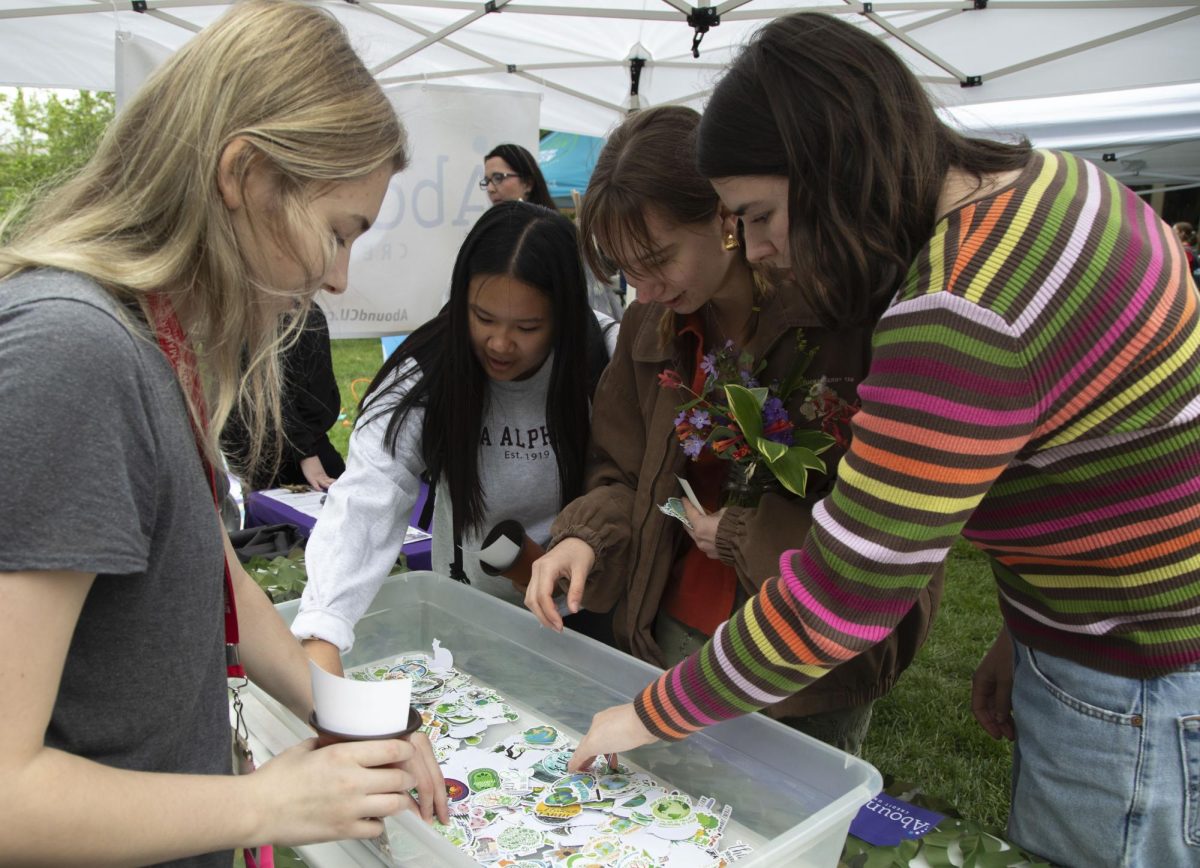Bettering the air we breathe: Ways students can contribute
February 5, 2015
Campus sustainability is an issue that affects everyone, from the collective all the way down to the individual. As individuals with a voice, there’s more students could doto ensure sustainability and conservation concerns are recognized and addressed by the administration. To keep it simple, here are three ways you can help contribute.
1. Be conscious
Many contributions can be made just by being aware of the energy you’re using and actively seeking to reduce it. Walking or biking to classis an eco-friendly alternative to driving. At the very least carpooling is a great way to cut down on harmful gases being emitted into the air. Recycling on campus is easy enough if time is taken to pay attention to the guidelines.
There are bins, everywhere, and judging by the overflow adjacent to them, they could definitely stand to be used a little more. When it comes to those plastic to-go bags from the campus dining facilities, try using your backpack, unless it’s something like one of those over-sauced Subway sandwiches.
2. Be active
On Feb. 9, the Campus Conservation Nationals competition begins. Each student can contribute by turning off lights and unplugging electrical appliances in the dorms, when they aren’t being used.
Electricity used across campus cost $106,049, last week—an amount equivalent to about 10,605 medium pizzas. This statistic comes from the online WKU Energy Kiosk, (bedashboard.com/kiosk/25) which provides fun facts and statistics about campus energy usage. Students can track individual dorm progress and have a friendly competition.
Also, throughout the year, there are plenty of on-campus events dedicated to raising ecological awareness. Asking your RA about how you can contribute and participate in these events is a great way to get started.
3. Be vocal
It’s a commonly shared opinion that tuition is just too high. Students fund the university on a variety of projects, with big chunks of change being taken out of their parents’ wallet.
However, a self-imposed “green fee” integrated into tuition would do just the trick. With an added five dollars onto tuition per student, per year, the university could invest in sustainability in a significantly greater capacity than they are now. The likes of MTSU, UK and Bowling Green State University are among the 54 universities who have already voted to adopt some form of this fee.
This type of proposal to administration usually only works if it comes from student voices. So, contacting an SGA representative would be a good place to start.
Another option is simply letting us know! Write, e-mail, call or come down to the Herald and have a donut—we are an avenue for your voice to be heard. If you think there’s an option we missed here, or if you have your own ideas and comments for the administration, we can only know if you tell us.

























